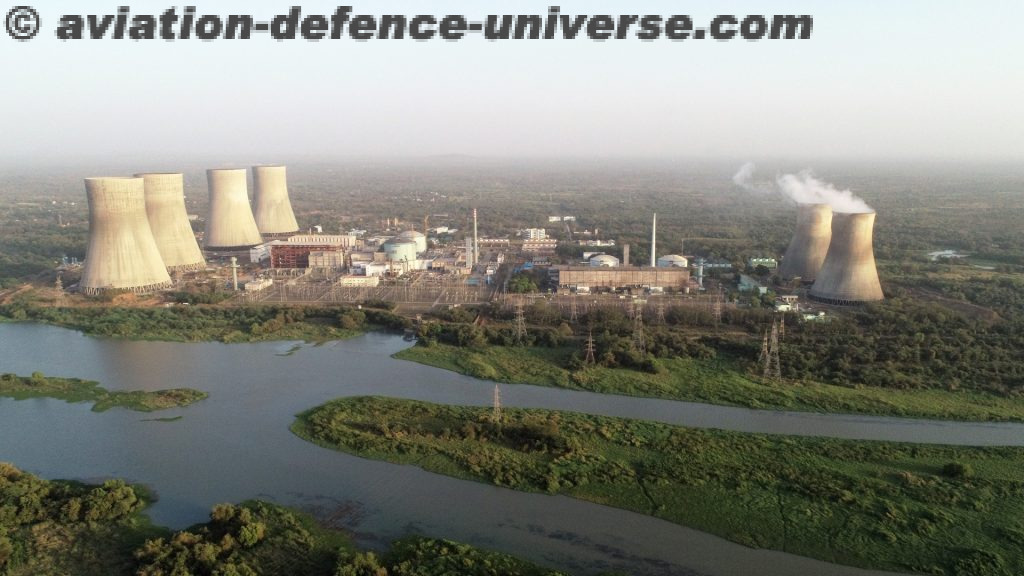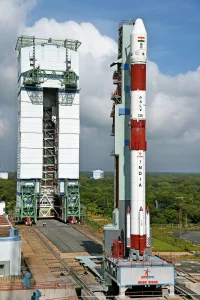- Kakrapar Unit 3 (KAPP – 3) started full power commercial power production and Kakrapar Unit 4 (KAPP- 4) attained criticality
- India’s first Fission Molybdenum-99 Plant (Mumbai) and Rare Earth Permanent Magnet Plant, operationalized at Mumbai and Visakhapatnam respectively and dedicated to the nation by the Prime Minister
- India enters the construction phase of the Indo-US collaborative Fermilab project with a commitment of ₹ 900 crores as in-kind contribution of over the next 6 years
- Sanction of LIGO India, an advanced gravitational wave observatory project, at an estimated cost of ₹ 2,600 Cr which is the first mega science project on Indian soil
- Approval for India’s participation in the international mega science project, Square Kilometre Array (SKA) at a cost of ₹ 1250 Cr
- Tata Memorial Centre now a 2,450 beds hospital, treating about 125,000 new cancer patients annually (10% of India’s cases), ACTREC expanded to 500 beds
- Homi Bhabha Cancer Hospital and Research Centre, New Chandigarh, Punjab fully operationalized. TMC has now expanded to six other hospitals located in Varanasi (2), Guwahati, Sangrur, Vishakhapatnam, Chandigarh and Muzaffarpur
- Indigenous production of O18-water for PET scanning etc. started alongside the indigenous production of several new radiopharmaceuticals for diagnosis and treatment of various types of cancer. MoU signed with private entities for production of deuterated water which has medical applications
- Six Trombay crop varieties have been Gazette notified for commercial cultivation
- Record 2,500 tonnes of mango with radiation-enhanced shelf life shipped to USA from KRUSHAK facility (40% of total export from country)
- Department of Consumer Affairs (DoCA) along with National Cooperative Consumers’ Federation of India Limited (NCCF), Ministry of Consumer Affairs, Government of India have signed an MoU with BARC for “Large Scale Trial for Preservation of Onion using Radiation Technology with Integrated Cold Storages”. Subsequently, radiation processing of 1,000 MT of Onion has been done and extended preservation is currently under progress
- Hybrid granular sequencing batch reactor (hgSBR) developed for effective decentralized wastewater treatment in a single treatment tank
- About 2,400 kCi Co-60 source exported for gamma irradiation applications in Radiation Processing Plants across the globe
- Development of a SHEETAL VAHAK YANTRA i. e. “SHIVAY” for refrigerated transport of farmers’ products and integration of the technology on a commercial vehicle in collaboration with Tata Motors in incubation mode
- Students won 10 Gold, 7 Silver and 2 Bronze medals across four International Olympiads (Biology, Mathematics, Physics and Chemistry)
Department of Atomic Energy (DAE) has continued to deliver on its mandate of producing nuclear power, capacity building for nuclear power, creation and operation of research reactors and particle accelerators for radio-isotope and radio-pharmaceutical production, application of radiation technology solutions to address societal issues in areas of health care, food security, water & waste management. The Department also contributes towards National Security.
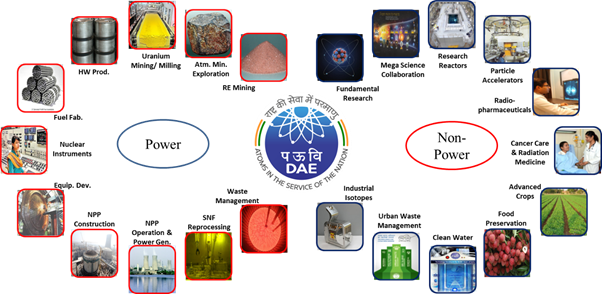
Achievements of DAE in this year are numerous and diverse. A selection of noteworthy achievements is provided below.
Achievements in Nuclear Power Programme
- AMD has made sustained exploration efforts and augmented additional Uranium Oxide reserves to cater to the nuclear power programme of the country.
- At NFC, indigenous development of Tungsten Copper composite material has resulted in reducing the costs by about 67% on the imported cost giving an annual saving of ₹ 2 Crore. For the first time in India, NFC has indigenously developed Inconel 740 H tubing for Advanced Ultra Super Critical (AUSC) applications. This technology will help power plants burn less coal for electricity production while reducing carbon dioxide emissions. In addition, NFC has been successfully fulfilling all the requirements of our domestic nuclear power reactors with respect to the fabrication of fuel and core structurals.
- KAPP – 3, the first indigenous 700 MW PHWR at Gujarat, has started full power commercial power production on 31st August and with this, the installed capacity of our nuclear power plants has reached 7480 MW. KAPP- 4 attained criticality on 17th December 2023 which is the first step for commercial operation of the plant.
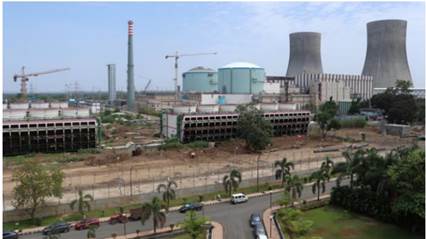
Kakrapar Nuclear power Plant
- Towards the realization of the 2nd stage of our nuclear power program, significant developments have happened over the last one year. The filling of the Main Vessel of PFBR of BHAVINI with about 1,150 tonnes of liquid Sodium has been completed in a record time of 5 days in the month of August 2023. All the indigenously manufactured Primary and Secondary sodium pumps have been put in service successfully and integrated commissioning of the plant is in an advanced stage.
Achievements in field of healthcare
DAE continues to contribute to the indigenous development, commercialization & supply of therapeutic/ diagnostic radiopharmaceuticals and Cancer Care.
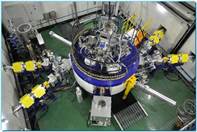 |
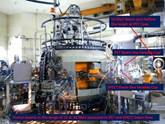 |
Cyclone-30, India’s largest cyclotron facility at Kolkata
- Several new radiopharmaceuticals for diagnosis and treatment of various types of cancer have been developed and made commercially available.
- Medical grade H2O18 of 95.5% I.P. has been successfully produced and validated, paving the path for India’s self-reliance and giving a boost to healthcare industry.
- The Fission Molybdenum-99 Plant was dedicated to the nation by the Prime Minister on the 25th anniversary of National Technology Day on 11th May 2023. This makes India one of the few countries in the world producing fission Moly-99 today. The Molybdenum-99 produced at this plant will not only fulfil our domestic demand but will allow us to export the same to neighbouring countries.
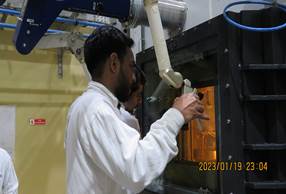
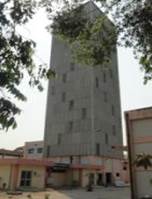
Fission Molybdenum-99 Production Facility, Mumbai O-18 Water Production Facility
- Prime Minister Shri Narendra Modi inaugurated the Proton (Hadron) Beam Therapy Centre at ACTREC, Women & Children’s Cancer Centre at ACTREC, Platinum Block Hospital building of TMH, the Hospital building of HBCHRC, Visakhapatnam and laid the foundation stone for the new HBCHRC in Jatni, Odisha
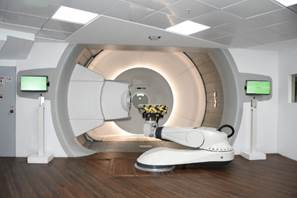
Hadron Therapy Centre at ACTREC, Kharghar
- Tata Memorial Centre (TMC) has now expanded to six other hospitals located in Varanasi (2), Guwahati, Sangrur, Visakhapatnam, Chandigarh and Muzaffarpur. TMC has grown to 2,450 beds in 2023 and this capacity will further increase to 2,800 beds by early 2024. ACTREC, which had 100 beds till last year, has expanded to 500 beds this year and will expand to 900 beds by early 2024. Currently, TMC is treating about 1,25,000 new cancer patients annually which is approximately 10% of India’s total cancer burden.
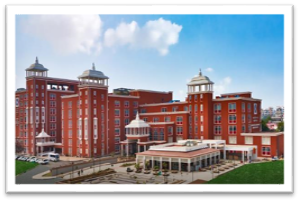
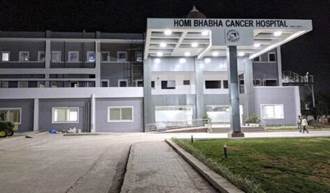
MPMMCC , Varanasi HBCHRC, Varanasi
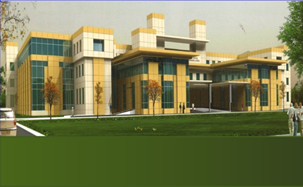
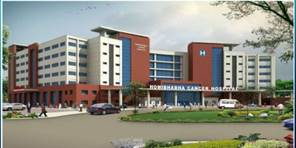
HBCHRC, Vizag HBCHRC, Mullanpur
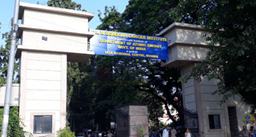
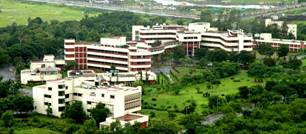
ACTREC , Kharghar BBCI, Guwahati
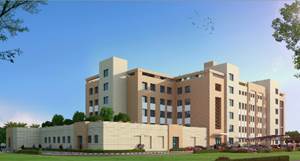

HBCHRC, Muzaffarpur HBCHRC, Odisha (proposed)
Achievements in the Industry & Mineral Sector
- Production of Rare Earth Permanent Magnets has been started in the country by IREL at the BARC Campus, Vizag. This facility was also dedicated to the nation by Prime Minister on the occasion of ‘National Technology Day’. IREL has started commercial production of Co-Sm permanent magnet at Vizag.
- AMD has augmented the resources of Rare Earth Element Oxides in various regions in Gujarat and Rajasthan. With this, the augmented Niobium Oxide reserves now amount to about 1,24,000 tonnes and 4000 tonnes respectively.
- HWB has exported Heavy Water to Japan, South Korea and USA for non-nuclear applications and around 220 MT of HW export orders are under approval process. HWB is gearing up to support the upcoming demand of Deuterium, Heavy Water and Deuterium Depleted Water for non-nuclear applications
Achievements in application of radiation-based technologies for Agriculture & Food Preservation
- Six Trombay crop varieties have been Gazette notified for commercial cultivation which includes one variety each of sorghum, mung bean & black gram for Karnataka, one sorghum variety for Maharashtra & two Urad bean varieties for Madhya Pradesh.
- A low-temperature Irradiator using Co-60 radiation source has been developed and commissioned to irradiate marine products at low and sub-zero temperature.
- About 2,400 kCi Co-60 source has been exported for gamma irradiation applications in Radiation Processing Plants across the globe, including South Asian countries like Malaysia, Sri Lanka, Vietnam and also to UK. This is besides fulfilling the domestic requirement of 4.3 MCi of Co-60 source. Our exports cater to about 7% of the global requirement
- This year, India exported more than 2,500 MT of mangoes by sea route which is a significant quantity in comparison with 1,048 MT of average annual exports in the last 5 years. These mangoes were treated by radiation along with an associated processing protocol for increasing the shelf-life. This has helped shipment by sea instead of air route and thus, has reduced the transportation costs drastically. Four food irradiation facilities were involved in this process as per the SOP developed by BARC. Radiation-processed mangoes were exported to majorly four major countries – the USA, Australia, South Africa and Malaysia.
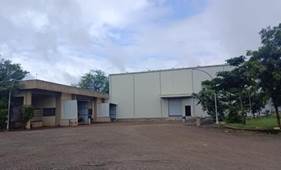

Radiation Processed Onions Preserved at KRUSHAK, Lasalgaon, Nashik
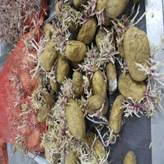

Non-Irradiated potato Irradiated potato

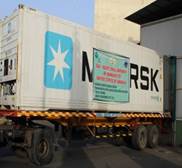
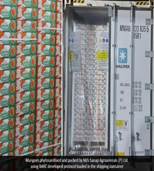


Shipment of Mango
Achievements in applications of nuclear energy for societal benefits like water treatment, waste management, post-harvest cold chain
- Electron Beam Sterilization of more than 1.2 million Risk Class-B medical devices have been performed using 10 MeV, 6 kW linear accelerator (at RRCAT), which were earlier required to be taken abroad for sterilisation.
- Water purification technologies have been deployed in 116 villages of India.
- Advance Effluent Water Treatment Plant based on ozonation technology was commissioned with 750 LPH capacity at ONGC Mehsana for field demonstration to treat oil contaminated effluent water and make it suitable for agricultural use in rain parched adjoining area.
- Three numbers of hybrid-granular Sequencing Batch Reactor (hgSBR) technology-based Sewage Treatment Plants with capacity ranging from 50 to 150 kLD have been operationalized at Surat, Shirdi and Tiruchirapalli for treating municipal waste water. Ten more private companies have entered into agreement during the year for commercialization of the same patented technology.
- M/s Tata Motors have developed the first 20 ft Liquid nitrogen based refrigerated container integrated on Tata’s commercial vehicle based on Liquid Nitrogen based cooling ‘SHIVAY’ Technology developed at RRCAT. This is a patented technology of DAE which was shared with M/s Tata Motors Ltd. Based on this technology, M/s Tata Motors has developed India’s first 20 ft refrigerated truck (Volume: 30 m3) which has been successfully tested by RRCAT
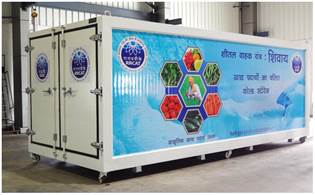
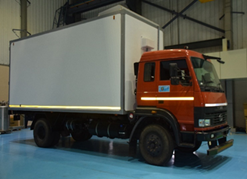
SHIVAY Liquid Nitrogen Based Transportable Refrigerated Truck made by M/s Tata Motors
Refrigeration System
- Atal Incubation Centre – BARC, which launched its operation December last year, has signed agreements for incubation of 4 prominent spin-off technologies with four MSME industries.
Achievements in advanced technology areas such as laser, accelerators, fusion, cyber security
- The indigenously developed cyber security solution by BARC Secure Network Access System, has been deployed successfully in prestigious organizations like Indian Space Research Organisation, Defence Research & Development Organisation and Ministry of Home Affairs. The technology is now available for transfer.
- The X-Band RF Seeker, developed jointly by BARC, ECIL and DRDO, enhances the efficiency of precision strike missiles. After captive flights and trials, the missile with the indigenous Seeker was successfully tested from sea platform in April 2023.
- At RRCAT, Undulator based X-ray Magnetic Circular Dichroism (XMCD) Beamline (BL-20) has been commissioned in Feb. 2023 at Indus-2. This is the first beamline of its kind in the country.
- Low Energy High Intensity Proton Accelerator (LEHIPA), designed indigenously and manufactured by Indian industry, has been operated successfully at BARC to demonstrate acceleration to rated energy of 20 MeV on 4th August 2023.
- IPR has set up a dedicated state-of-the-art test facility, ITER-India Gyrotron Test Facility, for demonstration of 1 MW RF Power at 170 GHz for 1000 sec with an RF efficiency of 50%. Such a facility, the only one of its kind in India, fulfils the requirements of ITER testing.
Achievements in basic and directed research
- Based on high-quality publications in Journals, the Nature Index published in May 2023 has placed HBNI in the first position with regard to publications in physical sciences and the third position among all institutions in India.
- Apart from the regular detection of gamma-ray signals from the standard candle Crab Nebula and other potential sources, MACE (Major Atmospheric Cherenkov Experiment) telescope has detected very high energy photons from the radio galaxy NGC 1275 during its recent historical giant gamma-ray flares happened during December 2022 – January 2023. This is the first ever result from the MACE telescope which is well recognized and cited by the international community.
- CEBS has created gold nanoparticles that can effectively deliver therapeutic molecules from medicinal herbs such as Ashwagandha, Brahmi, and garlic to cancer cells. These nanoparticles were found to be more effective than the extract of each herb.
- As part of a project sanctioned by Office of the Principal Scientific Advisor to the Government of India, a new Ni-base super-alloy for use in boilers operating at high temperatures has been indigenously manufactured through a multi-organisation collaborative effort involving IGCAR, MIDHANI and NFC.
- For the first time, data from an Indian telescope, the upgraded GMRT of NCRA-TIFR has been used for probing low-frequency gravitational waves, an astrophysically rich window in the gravitational wave spectrum
Contributions towards successful Space missions of country
- For the Chandrayaan Mission, ECIL has supplied the 32-meter-Deep Space Network antenna built indigenously in association with BARC and ISTRAC. The antennae facilitated the vital communication support for Chandrayaan mission.
- The URSC ISRO utilized TIFR balloons with special shapes for testing of the reflector deployment mechanism for the Chandrayaan-3 Lander and Rover mechanisms.
- For the Aditya mission, the indigenous 18-meter antenna set up by ECIL in association with BARC and ISRO at Bylalu village, near Bengaluru plays a significant role in the communication system of Aditya mission
Recognitions at National & International levels
- The Indian delegations of students won 10 Gold, 7 Silver and 2 Bronze medals across four International Olympiads (Biology, Mathematics, Physics and Chemistry) which were hosted by different countries in July 2023. All 19 students who represented India in the International Olympiads returned with medals. India topped the medals tally at the 34th International Biology Olympiad of 2023, by virtue of every student winning a gold medal.
- Two former faculty members of TIFR Prof. Deepak Dhar, Department of Theoretical Physics and Prof. R. Sujatha, School of Mathematics, have been awarded the Padma Bhushan and Padma Shri awards, respectively, by the Government of India.
- Prof. Basudeb Dasgupta of TIFR was awarded the Shanti Swarup Bhatnagar award for 2022 in the Physical Sciences Category.
- Prof. Vidita Vaidya was awarded the Infosys Prize 2022 in Life Sciences for her work on understanding brain mechanisms for mood disorders such as anxiety and depression.
- The Infosys Prize 2022 in Physical Sciences was awarded to Prof. Nissim Kanekar for his investigations of the build-up of galaxies and observational constraints on secular variation of fundamental physical constants.
































